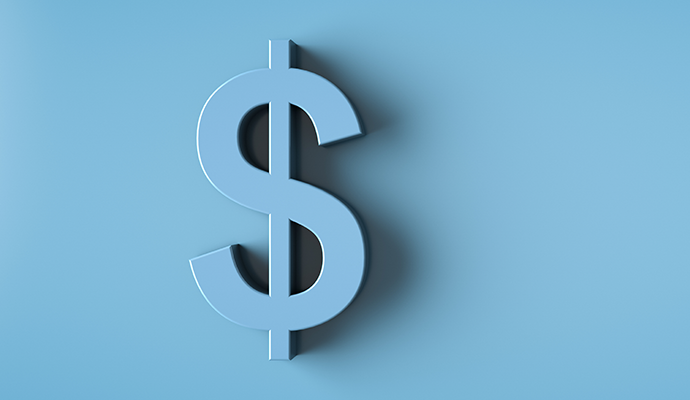Why Catastrophic Medicare Part D Drug Spending Is On The Rise
For more than a decade, catastrophic Medicare Part D drug spending has impacted a growing number of Medicare beneficiaries and consumed a high amount of overall drug spending.

Source: Getty Images
- For over a decade, an increasing number of Medicare beneficiaries have shouldered catastrophic Medicare Part D drug spending that exceeds the catastrophic threshold, according to a recent Kaiser Family Foundation (KFF) study.
The researchers used Part D claims data from 2007 to 2019, focusing specifically on Part D beneficiaries who did not have low-income subsidies.
The results indicated that the current coinsurance requirements for Medicare Part D can contribute to high out-of-pocket healthcare spending for a growing number of beneficiaries. The beneficiary population impacted may be small but it has expanded over the course of more than a decade.
In 2019, the number of Part D beneficiaries who exceeded catastrophic drug spending had increased more than three times beyond the number that exceeded catastrophic drug spending in 2010. It increased from 400,000 beneficiaries crossing the threshold in 2010 to 1.5 million beneficiaries in 2019.
Simultaneous to this increase, the number of Part D enrollees who exceeded the catastrophic drug spending threshold and who did not receive low-income subsidies increased twofold in the same time period.
The study assessed catastrophic healthcare spending for beneficiaries over the course of five years and found that an increasing number of beneficiaries exceeded the catastrophic drug spending threshold as the researchers expanded the timeframe from one year—which was 2019—to five years and to ten years.
Researchers highlighted three potential drivers for the increase in catastrophic drug spending.
First, pharmaceutical companies are churning out higher-cost drugs. For example, gene therapies are considered effective precision medicine treatments but they are extremely expensive, with some gene therapies costing millions of dollars.
Second, pharmaceutical companies are boosting the prices of existing drugs. At the beginning of 2021, GoodRx released a report that tracked the prices of almost 4,600 drugs and found that around 15 percent of all drugs studied would have a higher price tag in 2021, with an average price increase of 4.5 percent.
This year is not an exception to the rule. Brand name prescription drug costs have been higher than overall inflation for nearly 15 years, from 2006 to 2020, according to a recent report from AARP.
Finally, the excessive catastrophic drug spending might be related to changes to the Affordable Care Act that that sought to phase out the coverage gap in Part D drug spending.
Overall, drug spending from 2010 to 2019 that exceeded catastrophic levels amounted to $9.9 billion—over a third of the overall out-of-pocket healthcare spending on drugs.
In 2019, catastrophic drug spending totaled $1.6 billion, or half of the total amount of out-of-pocket healthcare spending on drugs, and from 2015 to 2019 Medicare Part D beneficiaries’ catastrophic drug spending amounted to $7.4 billion.
“Adding a hard out-of-pocket cap to Part D, as has been proposed by policymakers on both sides of the aisle, would help the growing number of Medicare beneficiaries who take just one very high-priced drug for medical conditions such as cancer or multiple sclerosis, or who take a handful of relatively costly brand or specialty medications to manage chronic illness,” the researchers concluded.
However, the caveat is that such a cap could increase Medicare program costs. To avoid this outcome, the hard out-of-pocket healthcare spending cap on Part D would have to be accompanied by legislation that lowers Medicare drug spending.
This data is particularly relevant as policymakers consider whether to place a cap on Part D out-of-pocket healthcare spending.
Such a proposal was included in past bills related to drug spending, such as the Lower Drug Costs Now Act. The Congressional Budget Office (CBO) and the staff of the Joint Committee on Taxation (JCT) estimated that the Lower Drug Costs Now Act would reduce federal spending by $345 billion from 2023 to 2029.
Drug spending is a key motivator for beneficiaries who choose Medicare Advantage health plans. The number of Medicare Advantage health plans with Part D drug plans is on the rise while drug spending for Medicare Part D plans has been dropping for certain therapies such as insulin.
